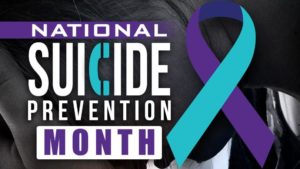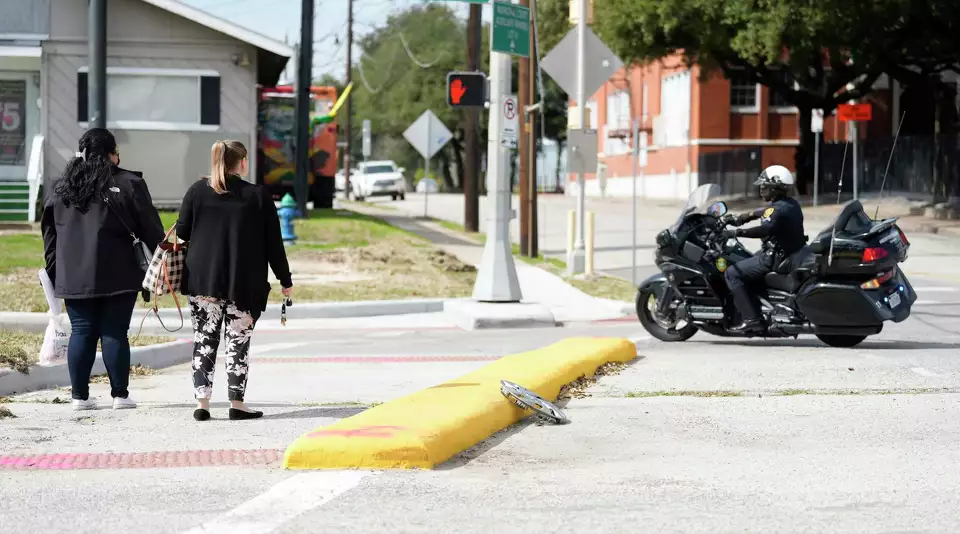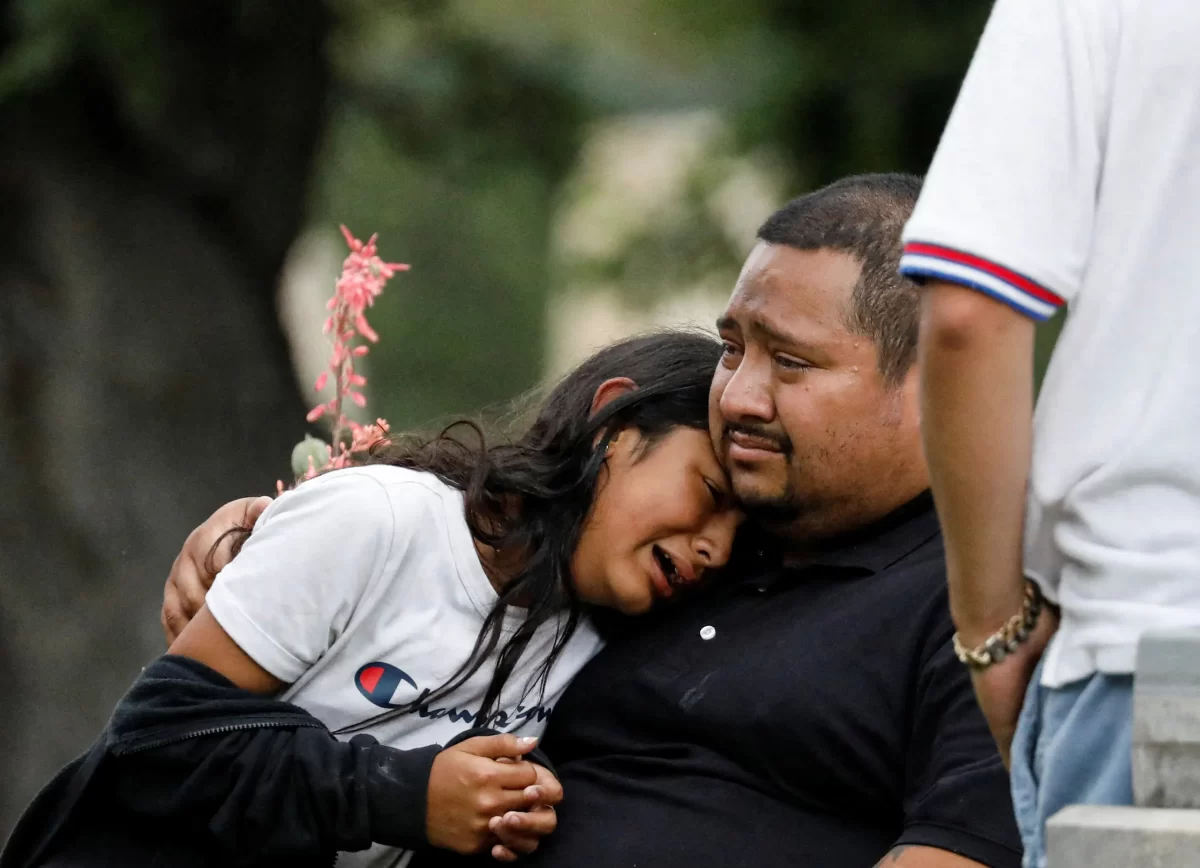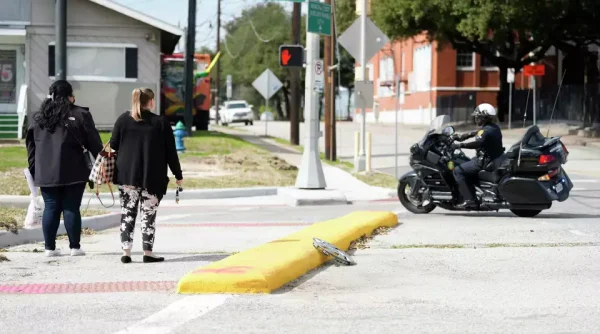HCC and National Suicide Prevention Month
October 9, 2019

Last month, HCC – Central Campus held a suicide prevention training hosted by Dr. Roman Alvarez. Dr. Alvarez is the lead counselor here at Houston Community College – Central Campus. For a full list of counselors here at Central and at the other campuses look here.
The training workshops by Dr. Alvarez took place on Wednesday, September 25. Three other workshops were also held last month: the first presentation was led by Ms. Tamara Petty (counselor for Spring Branch Campus) at the Coleman Campus, another was held at West Loop Campus being led by Dr. Becky Hauri (ADA counselor at West Loop) and the final workshop was conducted again by Ms. Petty at Alief Hayes Campus.
At the training workshops, participants learned the QPR method of suicide prevention. QPR stands for Question, Persuade and Refer, a method that can only be taught by a certified trainer. The method was devised by Paul Quinnett, Ph.D. of the QPR Institute in 2006 (his paper was last updated in 2012). QPR is taught at both colleges like HCC and universities as well as in some private government agencies. HCC pays for all counselors to be able to train the student body and other faculty members to recognize the signs of someone fighting with suicidal thoughts.
As Dr. Alvarez told the persons in attendance, “QPR is not a form of counseling, it is instead a way to inspire hope through positive action.” He later stated, “QPR is like CPR, it is a way to prolong life in someone.”
QPR goes like this: 1. QUESTION – You can use both direct and indirect approaches. Examples of direct questions can be presented like so; “You know, when people are as upset as you seem to be, they sometimes wish they were dead. I’m wondering if you’re feeling that way too.” It is okay to mention suicide in front of someone who is having these thoughts. There are incorrect ways of asking if someone is planning on killing themself. Questions like, “You’re not thinking of killing yourself, are you?” or “You wouldn’t do anything stupid would you?” are to be avoided when questioning.
2. PERSUADE – Persuasion is key. Since suicide is extremely serious, listen and give your full attention to the person. Also remember that suicide is NOT the problem but is in fact the solution to a perceived insoluble problem. And never rush into judgement. A question one can use to persuade a person considering suicide is, “Will you go with me to get help?”. Always remember one’s willingness to listen and help rekindles hope, therefore saving a life.
3. REFER – Since QPR is not used for counseling, you need to take the person directly to someone who can give counsel/professional help. Make sure to receive a verbal commitment form the person to accept help, then proceed to make the necessary adjustments to get help. Give referral information to the counselor, then attempt to get a good faith commitment to not attempt suicide.
This is one of the most effective ways for suicide prevention. To find out more follow the link – https://www.google.com/search?ei=Md6LXb29FM3YsQWq8Y7AAw&q=qpr+suicide+prevention+ppt&oq=qpr+suicide+prevention+ppt&gs_l=psy-ab.3..0i22i30.2387.2925..3213…0.0..0.86.268.4……0….1..gws-wiz…….0j0i67j33i160.oM2cXO2EEqU&ved=0ahUKEwj9mZG59-zkAhVNbKwKHaq4AzgQ4dUDCAs&uact=5.




















